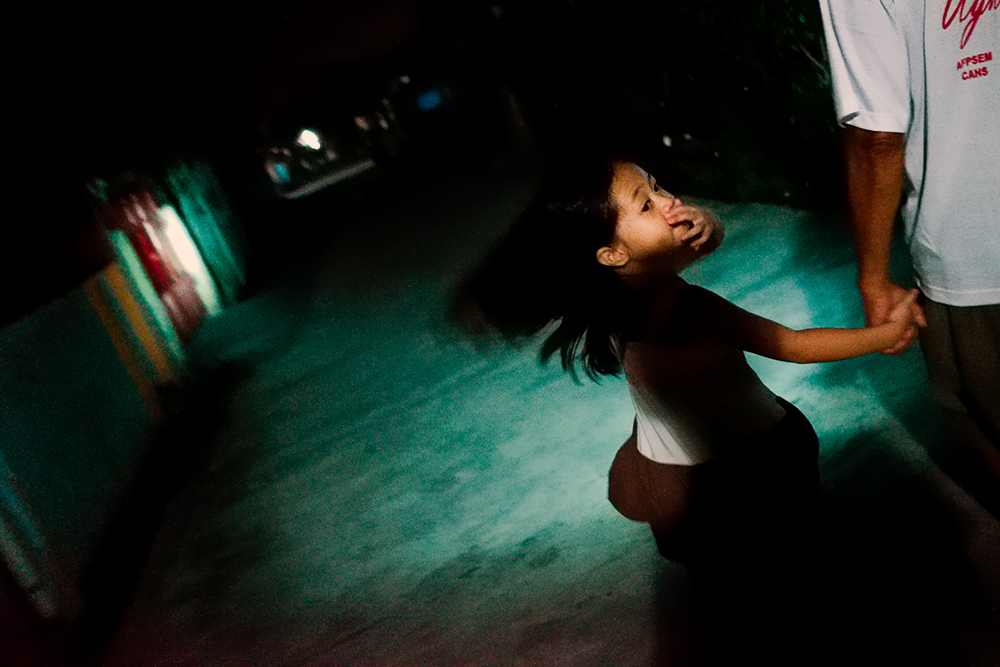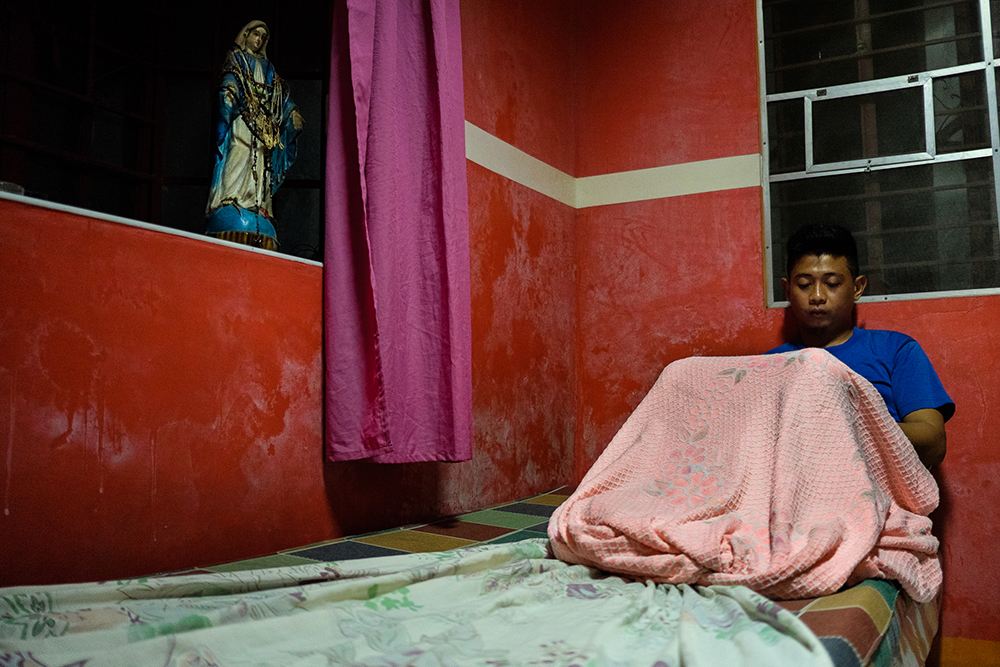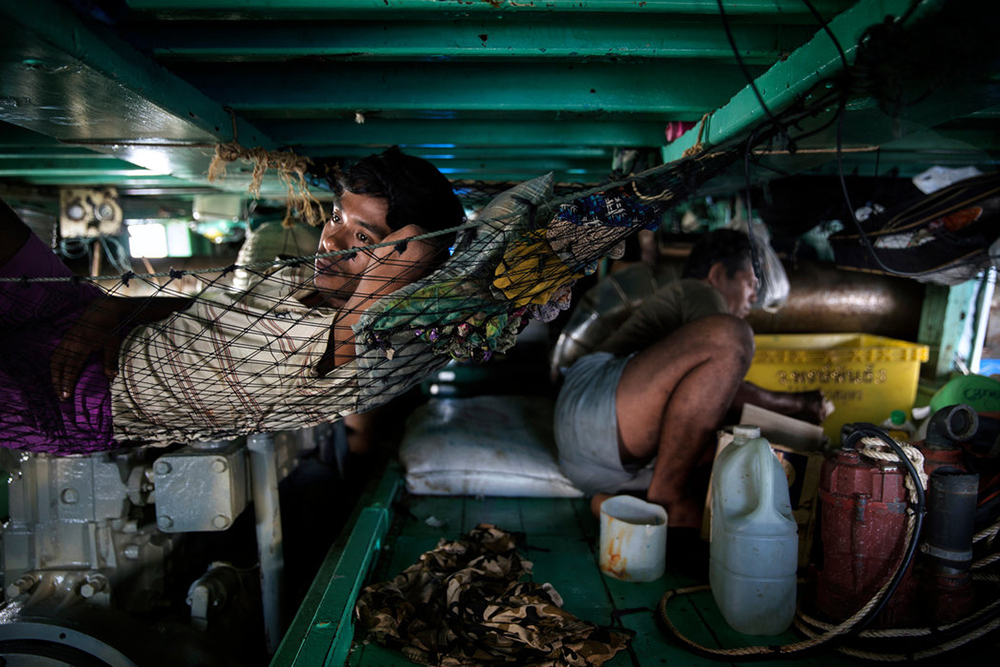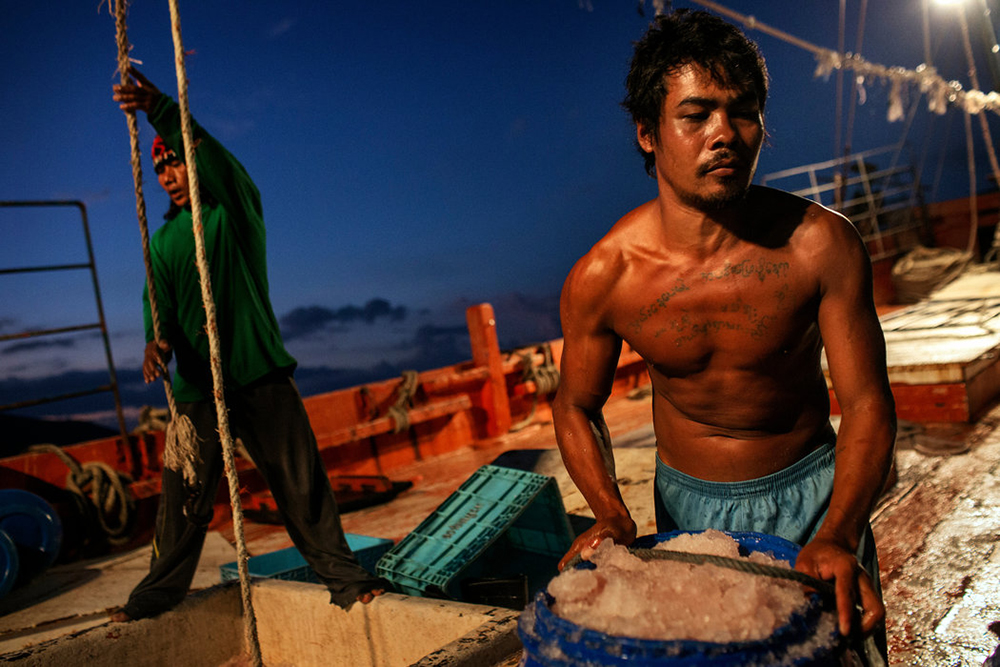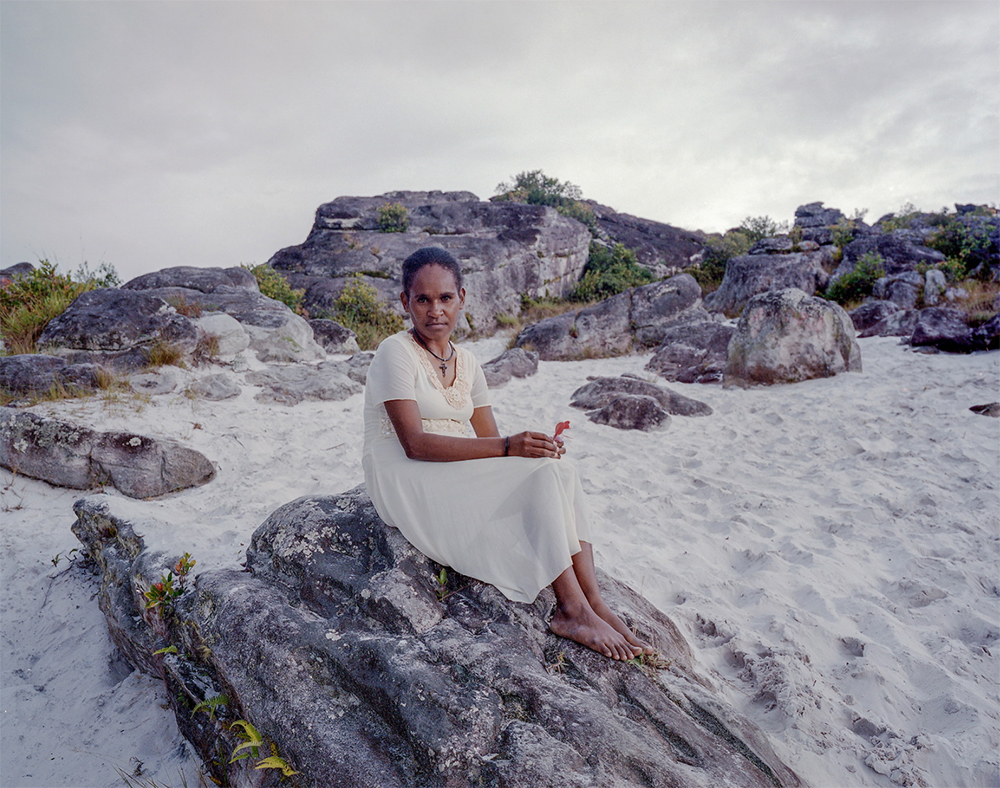
TANAH PAPUA HAS THE HIGHEST HIV/AIDS INFECTION RATES IN INDONESIA. The region is made up of Papua & West Papua, located in the easternmost part of the country. Many improvements have been made to create better access to quality care and medicine. Still, the biggest obstacles that remain are the stigmas and discrimination directed toward people who live with HIV/AIDS or at a risk of HIV infection. The majority of the public in Tanah Papua still perceive HIV/AIDS to mean suffering, dishonor, and death. Due to fear of discrimination people often postpone or avoid getting tested for HIV. More infos and pictures on: http://www.andritambunan.com/#!/index/C00005LqjJW3U2_w

Last year Andri made a film called, Saya Positif, profiling 7 people living with HIV in Tanah Papua. His objectives are to lower HIV/AIDS related stigma and discrimination by countering negative stereotypes associated with the disease. Earlier this year, the film was approved by Indonesia’s Directorate General of Health for distribution in clinics and hospitals in the region.
To further inform and engage a larger audience outside of the health care settings, he printed 1000 copies of 60-page newsprint and distributed them for free to NGOs, government officials, and activists and created an official website for this initiative.
ENGLISH: http://issuu.com/andritambunan/docs/sayapositif_eng_issu
BAHASA: http://issuu.com/andritambunan/docs/sayapositif_ind_issu
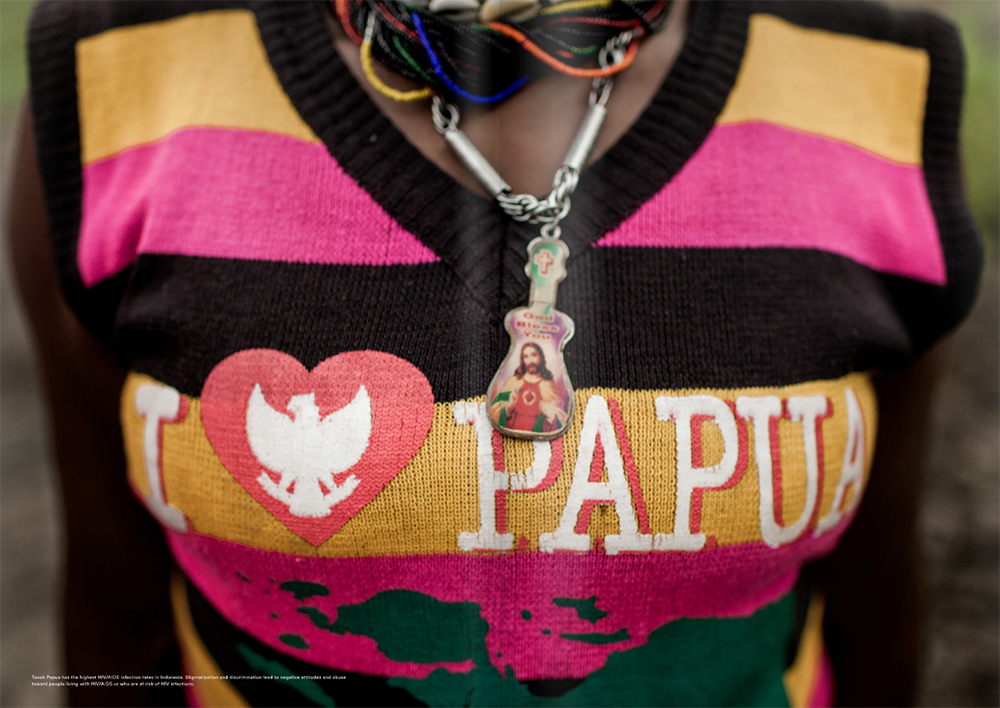
Andri Tambunan, Photographer: currently based in Jakarta, Indonesia, he divides his time between commissioned assignments and self-initiated projects focusing on social, environmental, and human rights issues.


